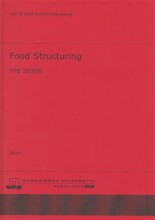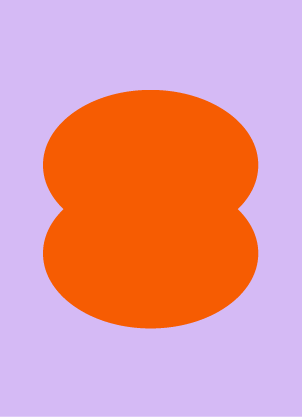Polysaccharides - Starch
7 important questions on Polysaccharides - Starch
What are sources of starch?
Potato, corn, rice, wheat
What is the starch composition?
Amylose (20-30%) and amylopectin (70-80%). The DP of amylose (800-3000) is much smaller than the DP of amylopectin (2*10^6).
What happens if you add starch to cold water?
It doesn't dissolve. You have to heat it, then it gelatinises and the starch is dissolved.
Gelatinization of starch
Retrogradation when cooling --> increasing viscosity, molecules connect again with each other (irreversible)
Gelatinization of starch
- Gelatinization temperature
- Loss of polarisation cross
- Peak viscosity
- Disruption of starch granules
Retrogradation when cooling --> increasing viscosity, molecules connect again with each other (irreversible)
- Higher grades + faster learning
- Never study anything twice
- 100% sure, 100% understanding
What are 4 modifications of starch?
- Instant starch
- Thin-boiling starch
- Cross-linked starch
- Substituted starch
How is instant starch made?
Physical modification: fast heating + drying.
Native starch: insoluble in cold water
Instant starch: soluble in cold water
Native starch: insoluble in cold water
Instant starch: soluble in cold water
How is thin-boiling starch made?
Chemical modification: partial hydrolysis by e.g. Acid
Native starch: large starch molecules, give high viscosity
Thin-boiling starch: smaller molecules, lower viscosity
Native starch: large starch molecules, give high viscosity
Thin-boiling starch: smaller molecules, lower viscosity
How is cross-linked starch made?
Chemical modification: cross-linking with eg. Phosphate
Native starch: original starch molecules
Cross-linked starch: less sensitive to stirring (soup)
Native starch: original starch molecules
Cross-linked starch: less sensitive to stirring (soup)
Try our study magic for free
a PDF, study it super fast
- No sign up, email or credit card needed!
- AI makes unlimited flashcards
- Get unlimited quizzes and tests
- Ask AI anything
Create a notebook
- No sign up, email or credit card needed!
- Have and keep perfect overview
- Make flashcards, notes and mind maps
- Review, test and score!
The question on the page originate from the summary of the following study material:
- A unique study and practice tool
- Never study anything twice again
- Get the grades you hope for
- 100% sure, 100% understanding
Remember faster, study better. Scientifically proven.




























